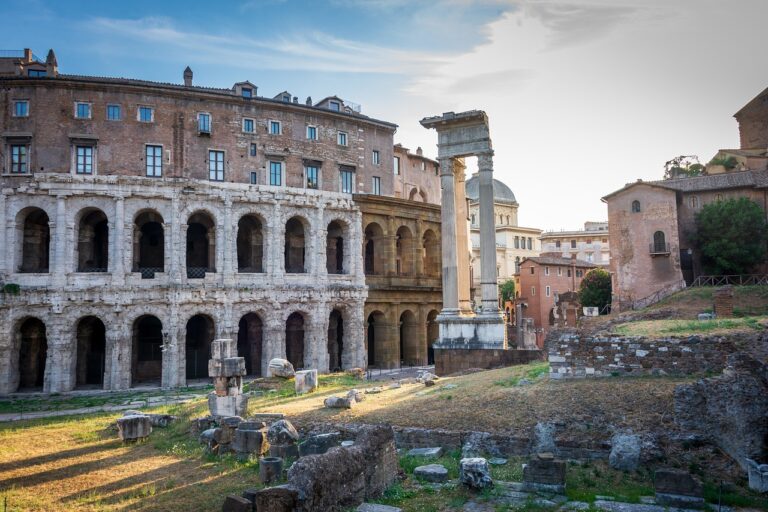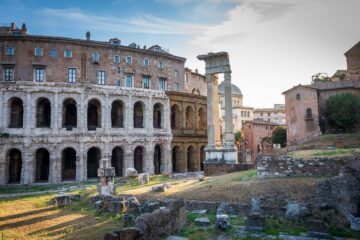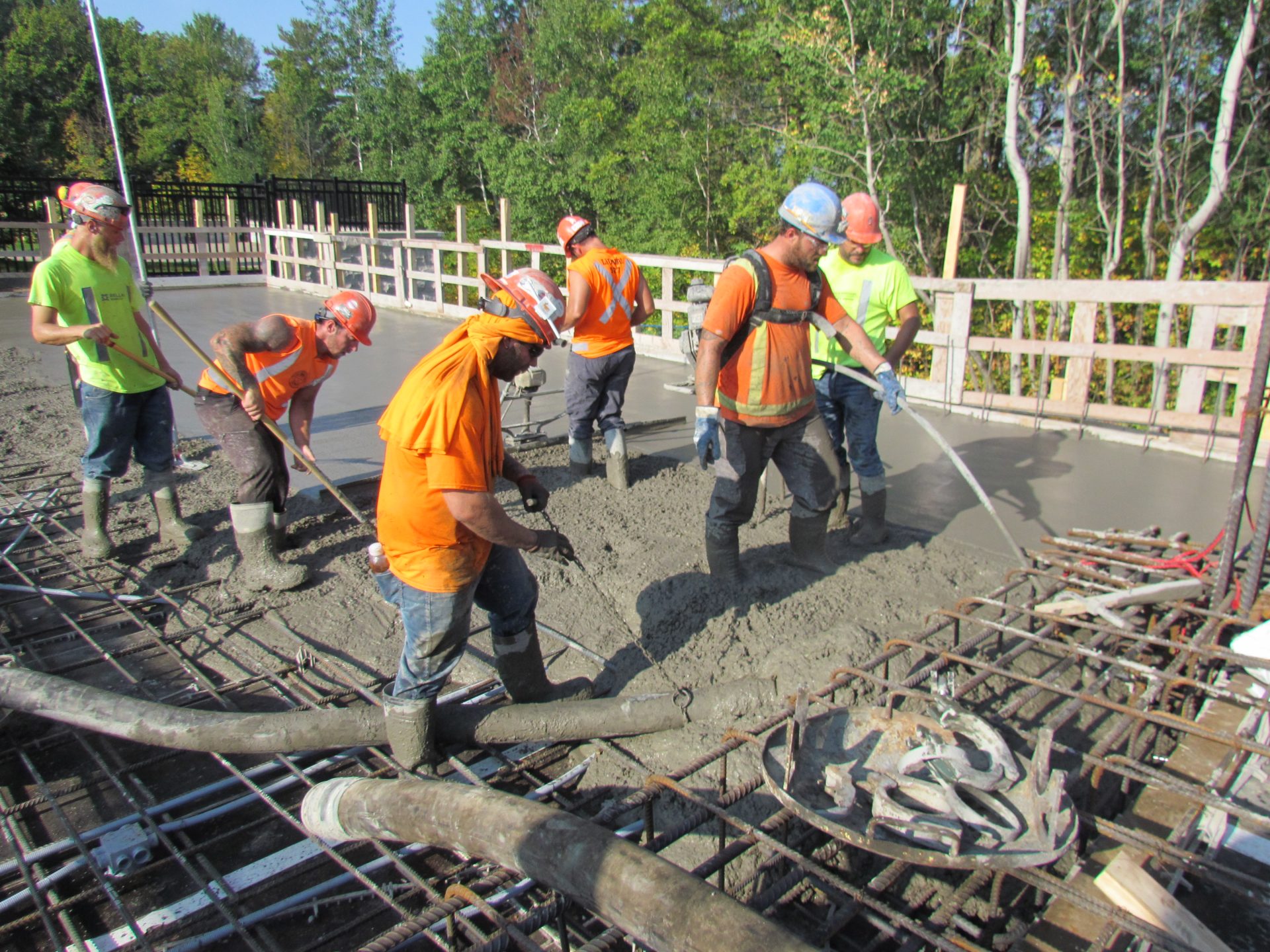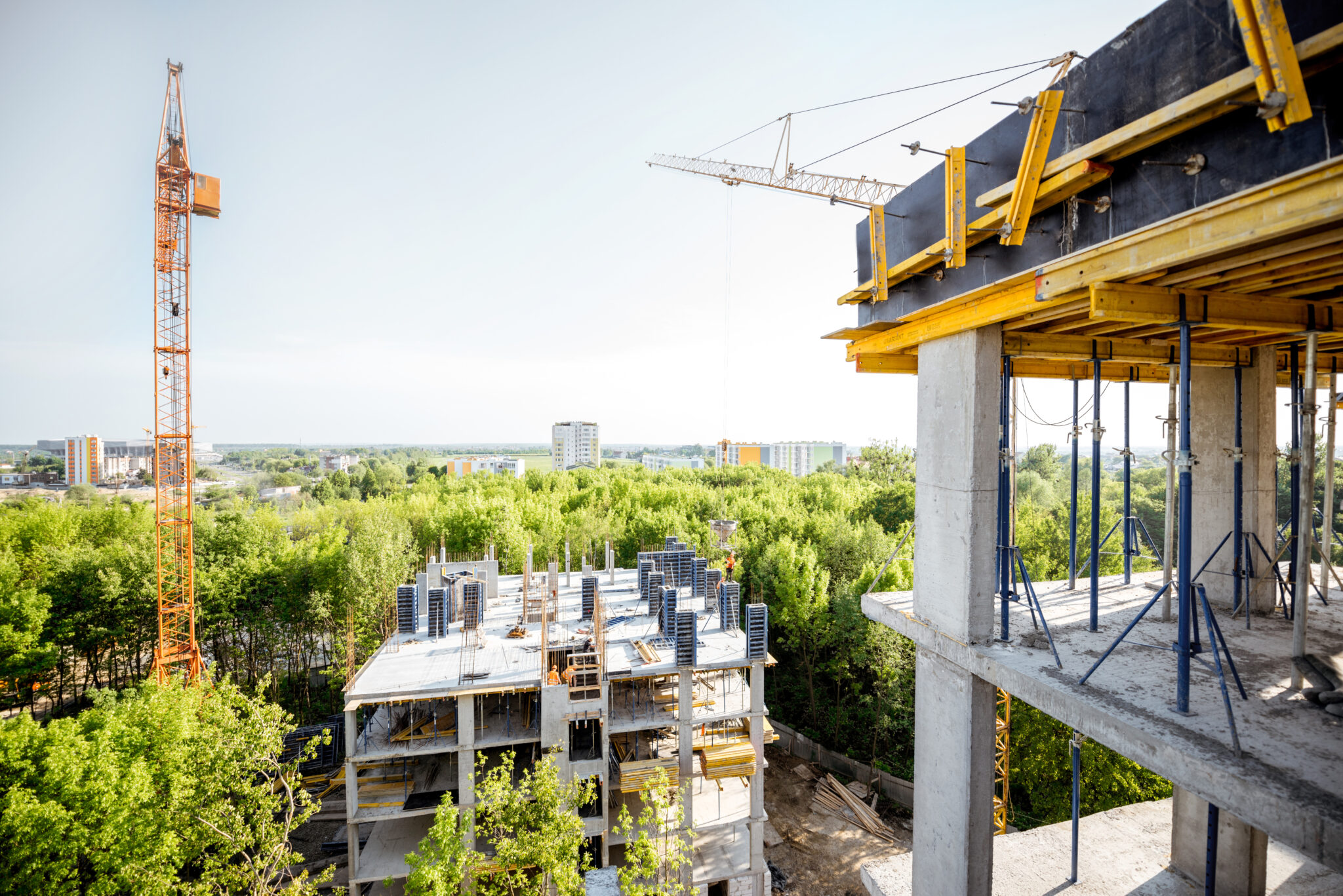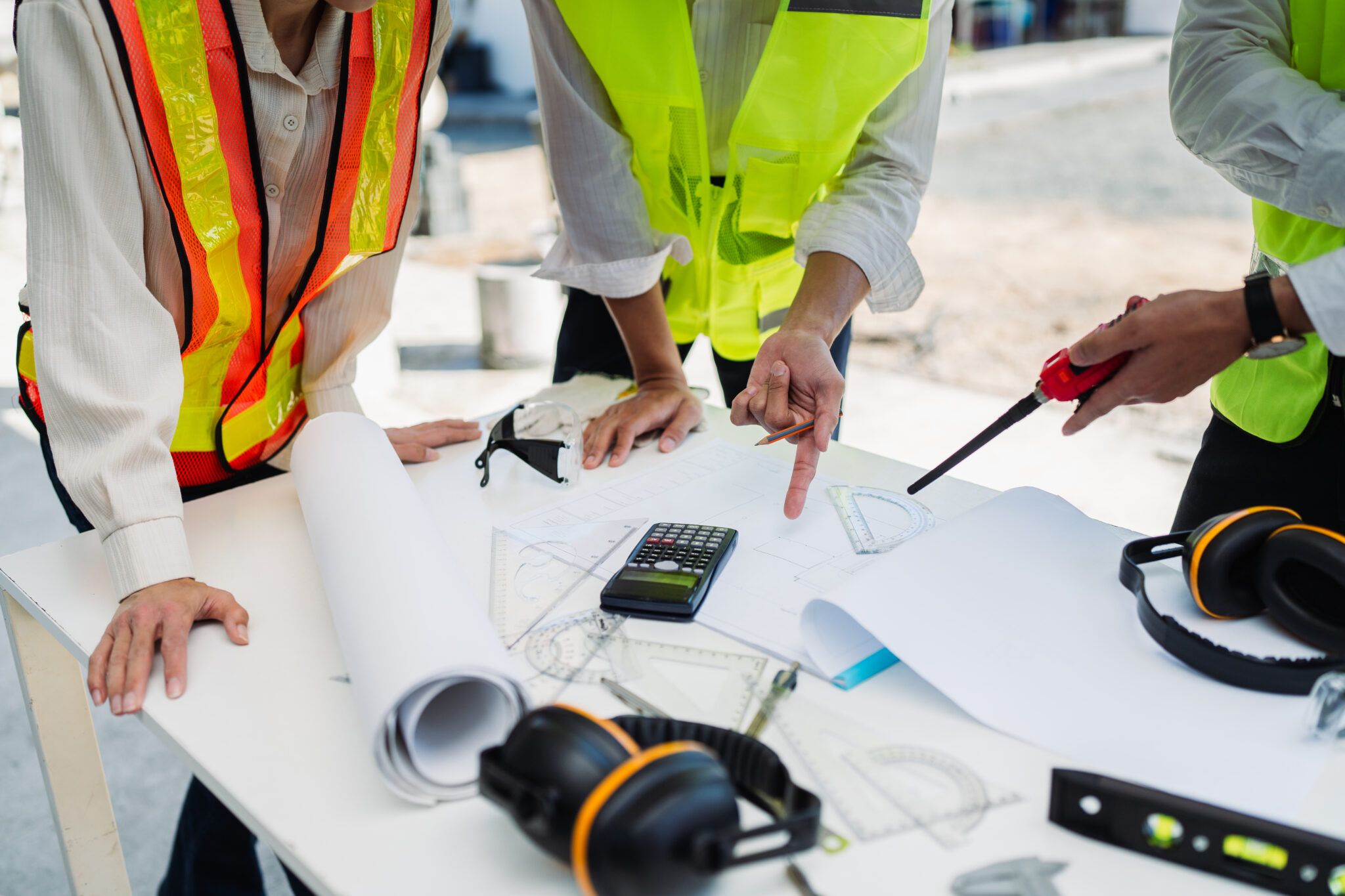How Ancient Roman Concrete Has Survived The Centuries
Researchers have found concrete mixes from the Roman Empire prove to be the world’s longest-lasting. Modern concrete recipes are very different from the Roman formula, as modern concrete usually features cement, water, aggregates, and a reinforced steel interior.
SmartRock® Long Range Savings for Big Projects
The History
Ancient concrete structures made from volcanic ash, lime, and seawater has lasted around 2,000 years and thus is contributing to the research of durable concrete. The process of course didn’t include steel reinforcements (or rebar), but by packing the concrete mix into wooden forms. The Romans constructed concrete seawalls to form a coastal defense, unaware these structures would continue to strengthen based on the minerals and their natural chemistry. The chemistry between saltwater and volcanic ash creates interlocking minerals which becomes stronger everyday with the waters tide and allows the concrete to be more resilient. This makes it less susceptible to cracking over time in comparison to modern concrete, which will corrode over time when vulnerable to salt water.
The Research
Marie Jackson, a geologist and geophysicist at the University of Utah, studied the Ancient Roman concrete samples and found the ancient concretes are highly complex, featuring many mortar components. Her research paper, Cement Microstructures and Durability in Ancient Roman Seawater Concretes, outlines the many cementitious properties and science behind its strengthening reactions. Jackson is attempting to recreate this durable concrete mix and test her made samples for a similar chemical reaction. Jackson is using volcanic rock from the Western United States and seawater from San Francisco to create the perfect concrete formula. She added that more and more concrete producers are exploring the use of volcanic rock which replace energy-intensive processes. This will not only benefit the industry, but the environment.
What Has Made Roman Concrete So Strong?
The answer is within the molecular structure of tobermorite. Tobermorite is a natural calcium-sicilate-hydrate mineral often featuring chrystalline material. Their properties enable them to act as the binding agent, keeping concrete ingredients interlocked, and making tobermorite a key element in Roman concrete structures. In a study by Rice University, computer models of tobermorite were created to test the natural layering of tobermorite “super cells” versus applying layers with shear force, making them defect free. The particles with screw defects consistently glided and effectively relieved the stresses without cracking. This concluded that although defects are normally detrimental to materials, complex layered systems such as tobermorite embraces defects which increase its strength.
The Future
Concrete is a popular material in large part due to its inherent strength and durability – first recognized by the Romans. What may be setting us back is that we rely heavily on reinforcements to lengthen the durability over time, where the Ancient Romans built some of the oldest unreinforced concrete structures still standing today. To further the research of Roman concrete, analysts should implement test structures in order to study the long-term properties of these marine structures. This would require a longitudinal study of at least 10-20 years, but could greatly improve the way we produce concrete today. With the data, researchers will be able to measure if these mixes can withstand the test of time in comparison to today’s steel-reinforced concrete.
Building for Eternity: the History and Technology of Roman Concrete Engineering in the Sea
Science Reveals the Secret to Ancient Rome’s Indestructible Concrete
Defects Aren’t Always a Bad Thing – Just Ask the Ancient Romans

